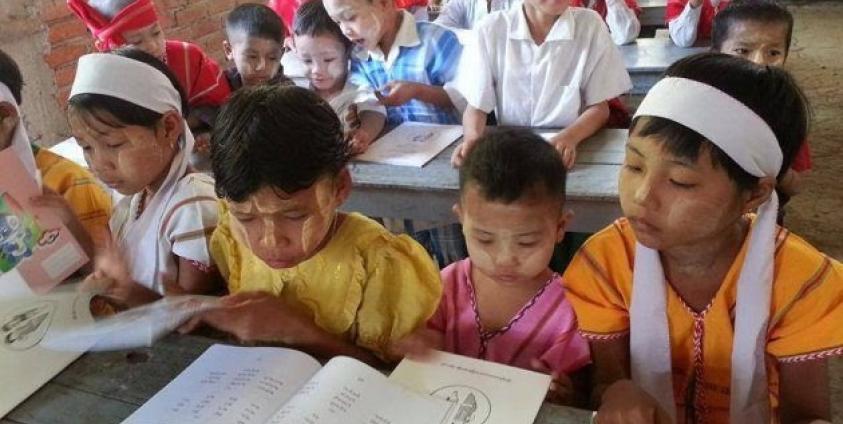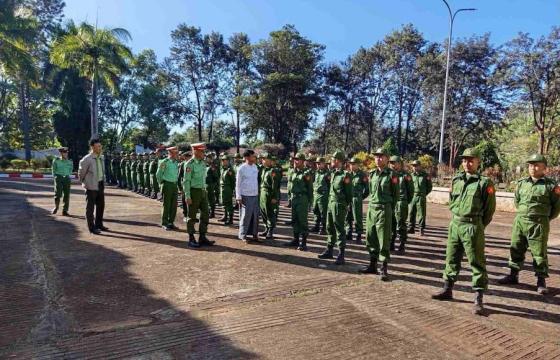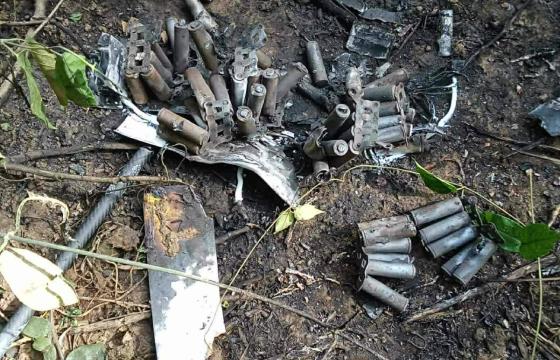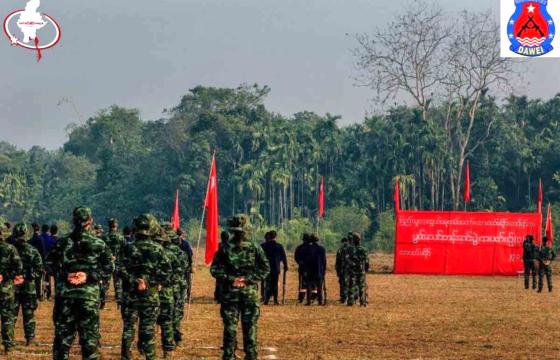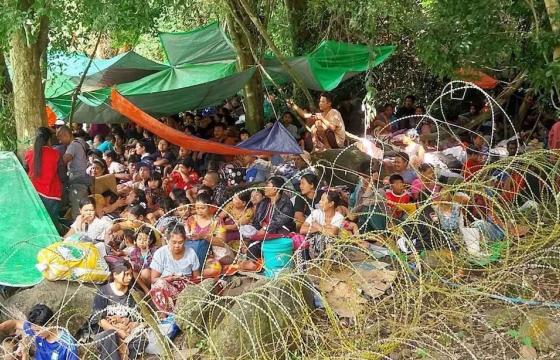Karen students from village schools in Kungyangone Township in the Rangoon Region are to be taught their mother language, but outside official school classes.
The schools that Pwo [Plone] Karen will be taught are; Taitkyi, Zuklug, Tawjyaung, Wagauttaw, Mankaleit, Kayan, Hseikyi, Kamarpar and Naung Ngu villages. The decision to teach the ethnic language was reached at the Teaching Karen Language Workshop held at the education office in Kungyangone on August 10, 2016.
Pwo Karen will be taught at state schools in nine villages in Tawgyidan starting on August 19. Lessons will be held three days a week and will be 45 minutes long, according to Mahn Soe Thein, chairman of the Kungyangone Karen Literature and Cultural Committee.
Speaking to Karen News, Mahn Soe Thein said.
“There have been a lot of mistakes such as using Maung and Ma [Title for Burmans] instead of using Nant, Sa, Naw and Saw for titles of Karen people. Compared our [Rangoon] region to the Ayeyarwaddy region, there are more Karen people living in the Ayeyarwaddy Region than here, and they have been studying the Karen language for many years. Before Cyclone Nargis, we learned only in our villages. We’ve just started to teach the whole township.”
There are 24 schools, 11 government employed teachers, 13 external teachers and 1,246 students in Tawgyidan. Government produced Karen alphabet textbooks will be used to teach. Each teacher will be rewarded with 30,000 Kyats as an honorarium, according to the officials from the Literature and Cultural Committee.
A teacher who will be teaching at Taw Kyaung State High School said, “It’s really good for the students to study Karen language when they are young. We cannot say what the difficulties will be, for we haven’t started teaching. It might be not having enough time. The teaching time now is not enough. Kindergarten students are too young, and 4th standard is examined by the government, but we are happy that we get a chance to teach the Karen language.”
At present over 30,000 Karen people live in Kungyangone. Although most people spoke the Karen language in the past, now only 30% of the people speak the Karen language, according to Township Literature and Cultural committee.


